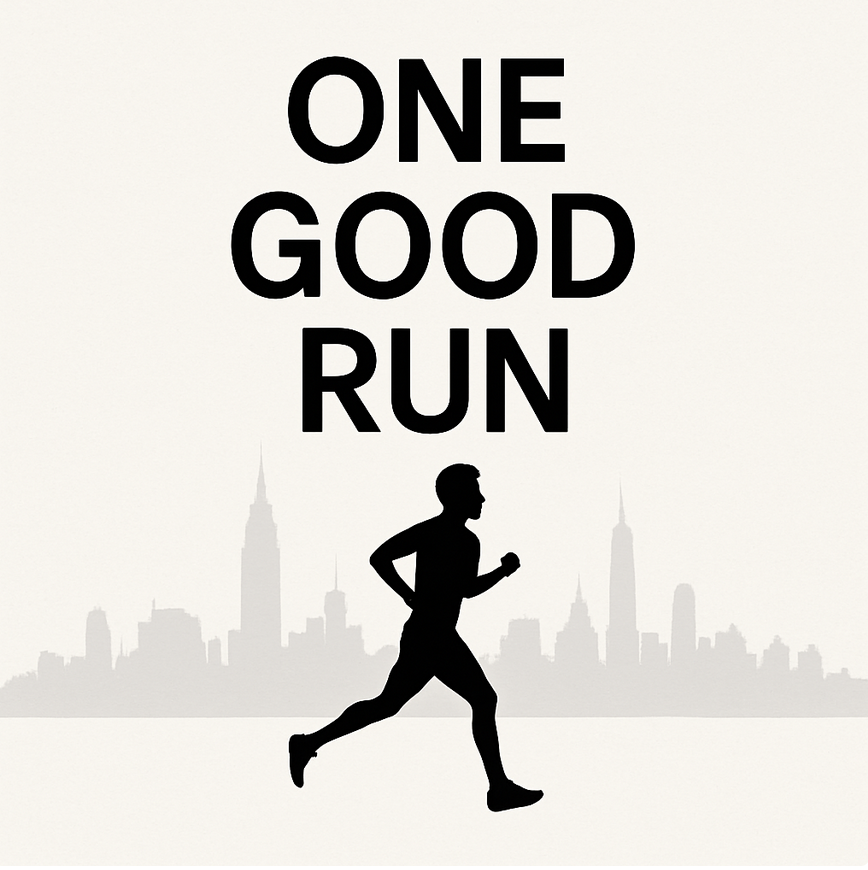Moving better is like learning any other SKILL. The brain controls movement and loves moving in HABITS.
1. "Unconscious incompetence"
Habits of repetitive movement patterns get engrained in the central nervous system. Often happens through sustained postures and repetitive tasks. Predictable patterns develop in response to pain and stress; some muscles tighten & others become inhibited.
2. "Conscious incompetence"
Becoming aware there's a problem. Pain is the major trigger to making you aware something isn't right. Other early signs might be - feeling of tightness, stiffness, inefficiency of movement, fatigue, poor sleep or digestion.
Your Physio / health care professional can help you identify certain patterns that are getting overloaded. Also meditation and performing a body scan can help.
3. "Conscious competence"
This is where the training comes in.
In the early stages, mindfulness, concentration and patience are needed. Quiet introspective practice. Lots of mistakes, each time learning and inching towards mastery. Internal and external feedback. Play and having fun with your movement journey sparks learning.
Building new motor patterns and neural pathways in the brain takes time. Aerobic exercise (like running) helps stimulate new neuronal growth. Good food and sleep assist the brain in laying down the new pathways.
4. "Unconscious competence"
Muscle memory becomes entrained and becomes a new pattern, online & available for use. The brain has more options and variability in movement. The goal isn't to move the 'right' way all the time, rather to have many options, depending on the circumstance.
What are your thoughts on this 4 step process?
I'd love your comments and feedback...














































